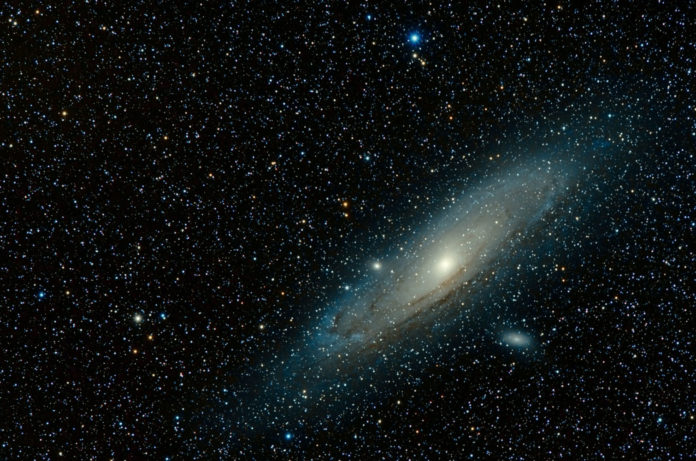Despite many decades of study, the physical origin of ‘dark matter’ in the Universe remains elusive.
Scientists at the University of York, in a new study, have identified a sub-atomic particle that could have formed the “dark matter” in the Universe during the Big Bang. The particle is known as the d-star hexaquark- consisting of six quarks—the fundamental particles that usually combine in trios to make up protons and neutrons.
According to scientists, in the conditions shortly after the Big Bang, many d-star hexaquarks could have grouped as the universe cooled and expanded to form the fifth state of matter—Bose-Einstein condensate.
Significantly, the six quarks in a d-star result in a boson particle, which implies that when numerous d-stars are available, they can join all together in different manners to the protons and neutrons.
Professor Daniel Watts from the Department of Physics at the University of York said: “The origin of dark matter in the universe is one of the biggest questions in science and one that, until now, has drawn a blank. Our first calculations indicate that condensates of d-stars are a feasible new candidate for dark matter. This new result is particularly exciting since it doesn’t require any concepts that are new to physics.”
Co-author of the paper, Dr. Mikhail Bashkanov from the Department of Physics at the University of York, said: “The next step to establish this new dark matter candidate will be to obtain a better understanding of how the d-stars interact—when do they attract and when do they repel each other.“
“We are leading new measurements to create d-stars inside an atomic nucleus and see if their properties are different from when they are in free space.”
This is the first study that shows d-star hexaquarks could form in the early primordial universe, with a production rate sufficiently large that they are a plausible new candidate for dark matter.
A new possibility for light-quark dark matter is published in the Journal of Physics G Letters.
